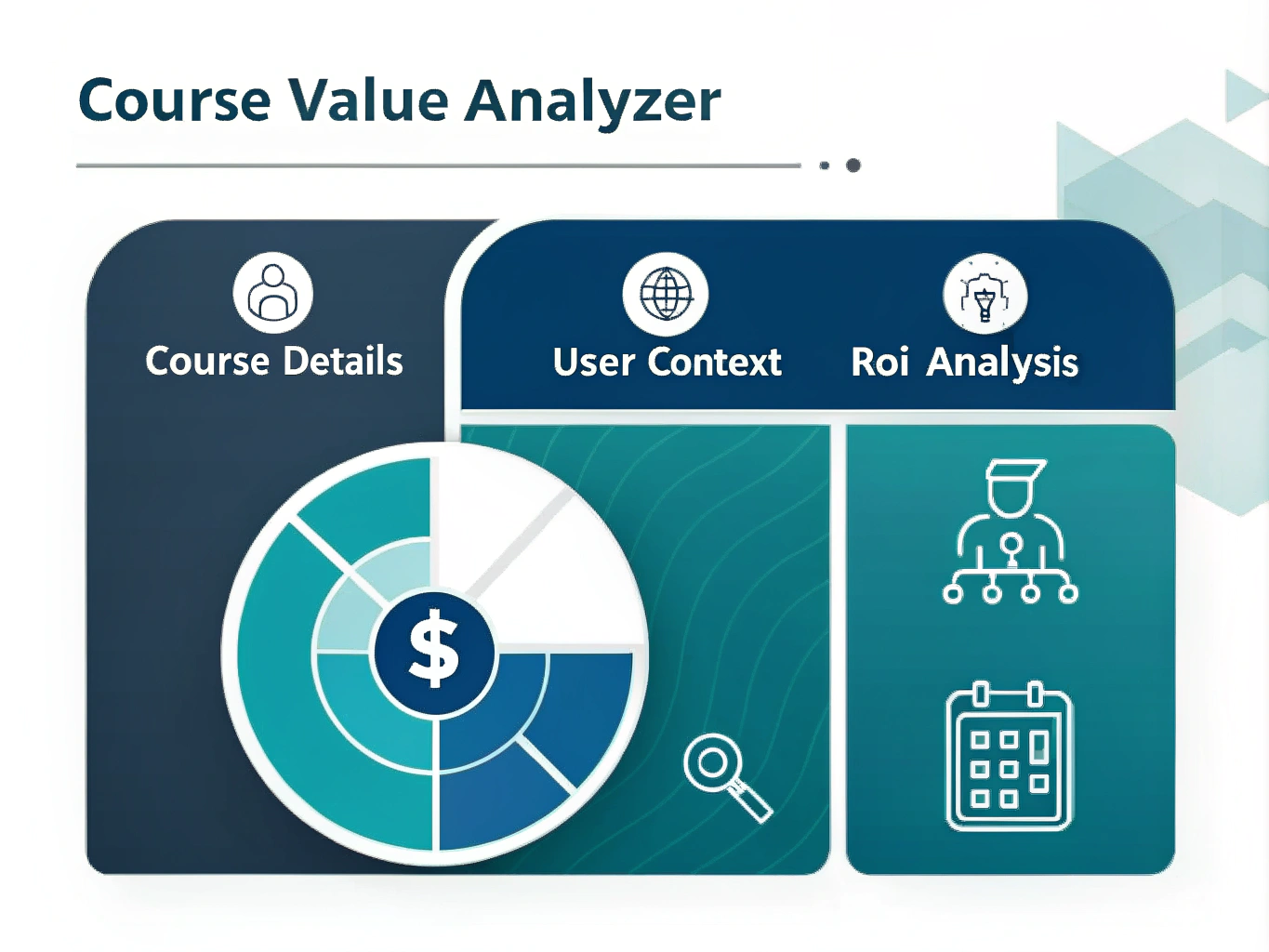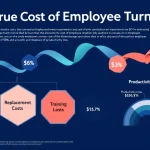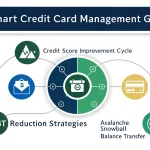Course Decision Analysis
Is this tool helpful?
How to Use the Course Decision Analyzer Effectively
The Course Decision Analyzer helps you decide if investing in a specific educational course fits your goals and situation. Follow these steps to get a clear, personalized evaluation:
-
Provide Course Details:
Enter complete information about the course, including:
- Course name and focus area
- Duration (weeks, months, or hours)
- Total cost, including fees or materials
- Topics covered and learning goals
- Instructor background or institution credentials
- Certificates or qualifications earned
Example inputs:
- “Creative Writing Workshop, 8 weeks, $600. Focuses on fiction writing, character development, and story structure. Led by published authors. Includes weekly feedback sessions.”
- “Full-Stack Web Development, 24 weeks, $4,500. Covers HTML, CSS, JavaScript, backend APIs, and deployment. Taught by industry professionals. Offers job placement assistance.”
-
Provide Your User Context:
Share details about yourself such as:
- Your education and work experience
- Career goals and timelines
- Your current income, savings, and any financial constraints
- Available time to devote to studying
- Existing skills or relevant knowledge
Example inputs:
- “Mid-level graphic designer with 5 years experience. Wants to learn UI/UX design to transition in 1 year. Earning $55,000/year, has $3,000 saved, and can study 10 hours weekly.”
- “Entry-level accountant aiming to become a certified CPA in 2 years. Currently earning $45,000/year, managing student loan payments, and able to dedicate 8 hours per week to study.”
- Submit Your Information: Click the Analyze Course Decision button to process your inputs.
- Review the Detailed Analysis: The tool provides a tailored evaluation including how well the course matches your goals, expected return on investment, and time and financial considerations.
- Explore Suggested Free Alternatives: You’ll receive recommendations for free courses or resources that cover similar skills and knowledge, helping you find affordable learning paths.
What Is the Course Decision Analyzer? Purpose and Benefits
The Course Decision Analyzer is an AI-powered tool designed to guide you through deciding if investing time and money in a specific course is worthwhile. It examines your unique situation—like your career goals, finances, and schedule—alongside the course details to give a clear recommendation.
Key Benefits
- Provides an objective evaluation of course value based on your circumstances
- Offers tailored recommendations specific to your background and goals
- Helps you avoid costly or time-consuming educational choices that don’t fit
- Highlights free alternatives that deliver similar skills and knowledge
- Builds your confidence in making informed education decisions
Practical Applications of the Course Decision Analyzer
This tool helps you with a variety of educational planning scenarios by offering detailed, personalized insights.
Career Change Planning
If you want to switch careers, the analyzer evaluates how well a course fits your desired path. For example, a customer service representative considering a digital marketing course can see if the topics meet industry demands and estimate the potential salary growth.
Upgrading Skills for Your Current Job
Project managers or professionals looking to gain certifications like Agile or Six Sigma can use the tool to assess which programs maximize career benefits relative to cost and time investment.
Continuing Professional Education
Licensed professionals in healthcare, law, or education can verify if a course meets their continuing education requirements while also considering cost and relevance to career advancement.
Executive and Higher Education Decisions
Executives facing high-cost programs like MBAs receive thorough analyses of program reputation, networking benefits, time commitments, and potential return on investment, helping them make strategic decisions.
Example Calculations Behind the Course Decision Analyzer
The analyzer uses formulas to put your educational investment in perspective, including return on investment (ROI) and financial impact. Here are examples:
Calculating Potential ROI:
ROI shows how much your salary might increase relative to the course cost.
Given:
- Current annual salary: $48,000
- Estimated post-course salary: $65,000
- Course cost: $4,000
The ROI is:
$$ \text{ROI} = \frac{\text{Salary Increase}}{\text{Course Cost}} \times 100\% $$
$$ = \frac{(65,000 – 48,000)}{4,000} \times 100\% = 425\% $$
Course Cost as a Percentage of Your Income:
This helps you understand the financial burden of the course compared to your earnings.
For example, with an annual income of $40,000 and a course fee of $2,000:
$$ \text{Course Cost \%} = \frac{\text{Course Cost}}{\text{Annual Income}} \times 100\% $$
$$ = \frac{2,000}{40,000} \times 100\% = 5\% $$
The tool weighs this percentage against your financial context to advise if the investment fits your budget.
How the Course Decision Analyzer Solves Your Challenges
Cutting Through Overwhelming Course Options
The tool narrows your focus by analyzing the course you’re interested in and measuring its fit with your specific goals.
Clarifying Financial and Time Commitment Concerns
It evaluates whether you can afford the course financially and fit the required study hours into your schedule.
Assessing Return on Investment
The analyzer predicts potential salary gains and career opportunities linked to the course, guiding you toward investments with strong outcomes.
Matching Courses to Your Career Goals
By examining your goals, skills, and gaps, the tool ensures your chosen course advances your professional aspirations effectively.
Recommending Affordable Learning Alternatives
If the paid course isn’t ideal, you receive suggestions for free resources that cover similar topics, helping you keep learning without extra cost.
Important Disclaimer
The calculations, results, and content provided by our tools are not guaranteed to be accurate, complete, or reliable. Users are responsible for verifying and interpreting the results. Our content and tools may contain errors, biases, or inconsistencies. Do not enter personal data, sensitive information, or personally identifiable information in our web forms or tools. Such data entry violates our terms of service and may result in unauthorized disclosure to third parties. We reserve the right to save inputs and outputs from our tools for the purposes of error debugging, bias identification, and performance improvement. External companies providing AI models used in our tools may also save and process data in accordance with their own policies. By using our tools, you consent to this data collection and processing. We reserve the right to limit the usage of our tools based on current usability factors.







